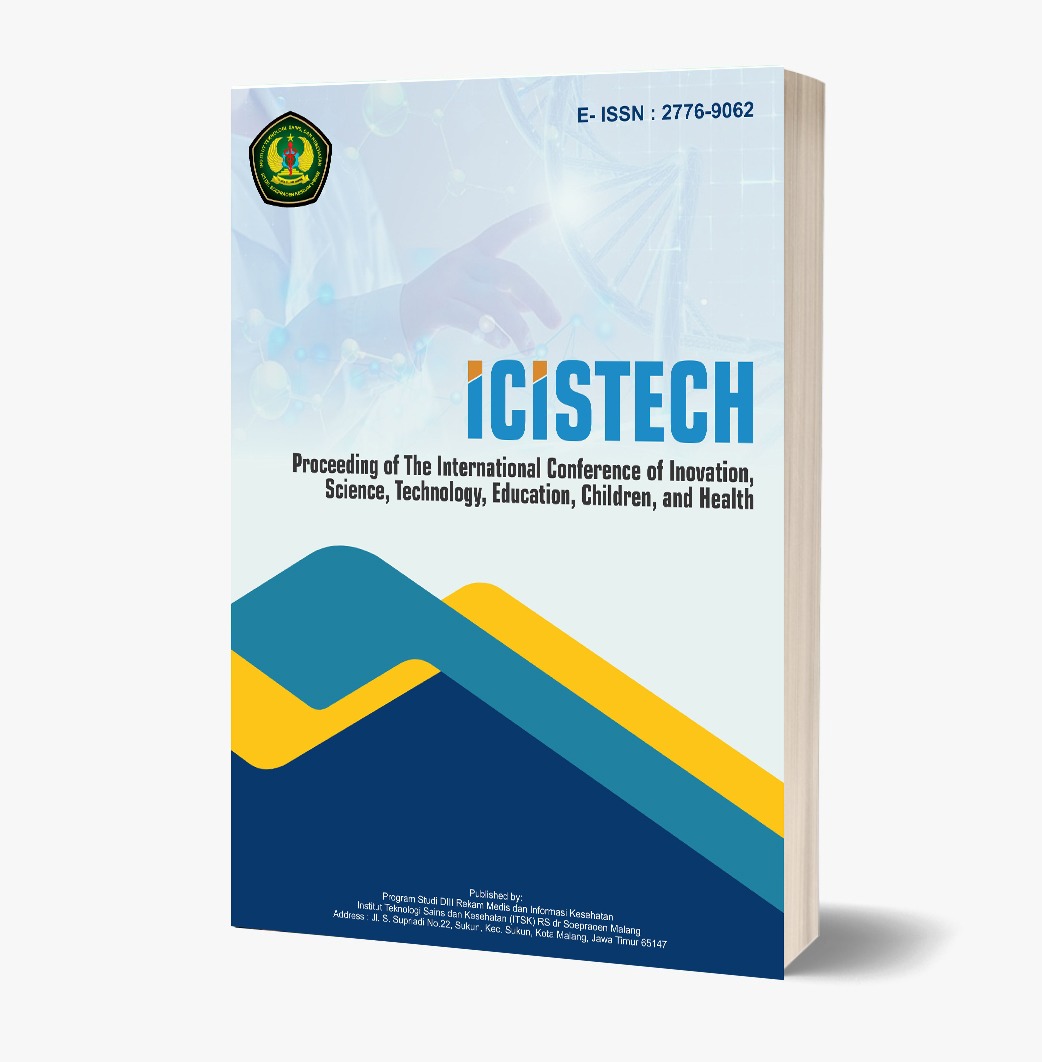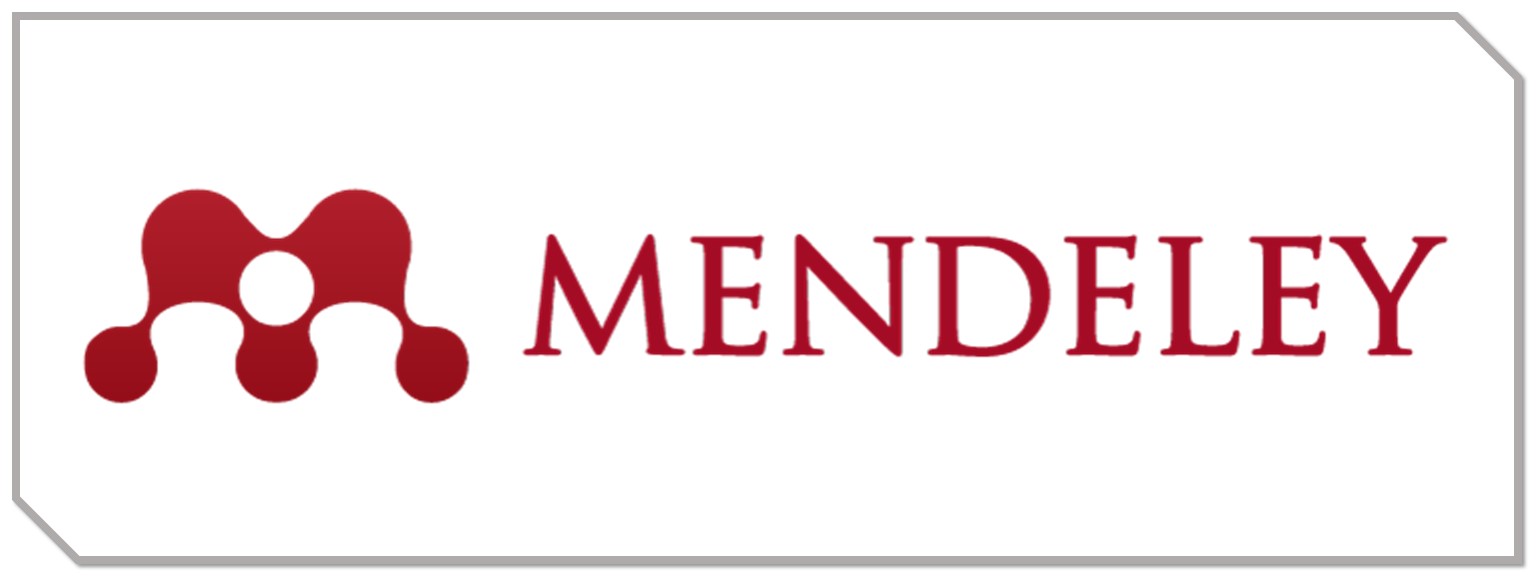Implementation of Mobile Seamless Learning in Improving Learning Activity and Learning Achievement Students of SMP Negeri 1 Gemolong Sragen During the Period Pandemic
DOI:
https://doi.org/10.62951/icistech.v2i1.26Keywords:
Mobile Seamless Learning, Learning Activity, Learning AchievementAbstract
The purpose of this study is to determine the results of the implementation of mobile seamless learning in increasing the learning activity and learning achievement of students at SMP Negeri 1 Gemolong Sragen during the pandemic. This study uses a quasi-experimental method, using quantitative data analysis. The location of the study was carried out at SMP Negeri 1 Gemolong Sragen. The population in the study were all students of SMP Negeri 1 Gemolong Sragen. The sampling technique used Random Sampling where each class contained 32 students. The technique applied in this study is to use multiple choice and oral tests. In conducting the test, the validity test uses the product moment and the rehabilitation test uses the KR 20 formula. The data is then analyzed using normality and homogeneity tests. The results of the study indicate that there is an influence of mobile seamless learning on the learning activity and learning achievement of students of SMP Negeri 1 Gemolong Sragen During the Pandemic.
References
Ahmad, M. A., Tvoroshenko, I., Baker, J. H., & Lyashenko, V. (2019). Modeling the structure of intellectual means of decision-making using a system-oriented NFO approach. International Journal of Emerging Trends in Engineering Research. https://doi.org/10.30534/ijeter/2019/107112019
Alokaily, R. (2019). Transforming the lecture: Using Top Hat for active knowledge construction – A reflective inquiry. ICERI2019 Proceedings. https://doi.org/10.21125/iceri.2019.1544
Astuti, Y. D. (2016). Upaya peningkatan keaktifan dan hasil belajar siswa materi gaya dan gerak dengan model pembelajaran picture and picture. ATTARBIYAH. https://doi.org/10.18326/tarbiyah.v26i0.283-308
Cahyadi, A. (2019). Pengembangan media dan sumber belajar: Teori dan prosedur. Laksita Indonesia.
Cahyati, N., & Kusumah, R. (2020). The role of parents in applying learning at home during the COVID-19 pandemic. Journal Golden Age, Universitas Hamzanwadi.
Dina, I. S. (2020). Proses pembelajaran pada masa COVID-19 (Tantangan dan solusi). Minda Mahasiswa Indonesia: Kenali Industri 4.0.
Disler, R. T., Gallagher, R. D., Davidson, P. M., Sun, S.-W., Chen, L.-C., Zhou, M., Wu, J.-H., Meng, Z.-J., Han, H.-L., Miao, S.-Y., Zhu, C.-C., Xiong, X.-Z., Reis, M. S., Sampaio, L. M. M., Lacerda, D., De Oliveira, L. V. F., Pereira, G. B. M., Pantoni, C. B. F., Di Thommazo, L., … Mistraletti, G. (2019). Factors impairing the postural balance in COPD patients and its influence upon activities of daily living. European Respiratory Journal.
Firman, F., & Rahayu, S. (2020). Pembelajaran online di tengah pandemi COVID-19. Indonesian Journal of Educational Science (IJES). https://doi.org/10.31605/ijes.v2i2.659
Hamalik, O. (2013). Kurikulum dan pembelajaran (1st ed., 12th printing). Journal of Chemical Information and Modeling.
Hidayat, N., & Khotimah, H. (2019). Pemanfaatan teknologi digital dalam kegiatan pembelajaran. JPPGuseda | Jurnal Pendidikan & Pengajaran Guru Sekolah Dasar. https://doi.org/10.33751/jppguseda.v2i1.988
Khoiroh, N. (2018). Pengaruh model pembelajaran blended learning dan motivasi belajar terhadap hasil belajar siswa kelas VIII SMPN 1 Gumukmas. Jurnal Penelitian Ilmu Pendidikan. https://doi.org/10.21831/jpipfip.v10i2.13986
Kurniawan, A. (2020). Hadapi revolusi industri 4.0, dunia pendidikan harus bagaimana? Kompac.Com.
Lomu, L., & Widodo, S. A. (2018). Pengaruh motivasi belajar dan disiplin belajar terhadap prestasi belajar matematika siswa. Prosiding Seminar Nasional Pendidikan Matematika Etnomatnesia.
Looi, C. K., & Lim, K. S. (2009). From bar diagrams to letter-symbolic algebra: A technology-enabled bridging: Original article. Journal of Computer Assisted Learning. https://doi.org/10.1111/j.1365-2729.2009.00313.x
Mustakim. (2020). Efektivitas pembelajaran daring menggunakan media online selama pandemi COVID-19 pada mata pelajaran matematika. Al Asma: Journal of Islamic Education.
N. K. S., P. D. I. W. S. M. S., & D. N. N. P. M. P. (2018). Pengaruh model pembelajaran berbasis masalah dan motivasi berprestasi terhadap hasil belajar IPA siswa kelas IX SMP Negeri 1 Kubu. Jurnal Teknologi Pembelajaran Indonesia. https://doi.org/10.23887/jtpi.v8i3.2254
Nurllinda Sari, S. P., Rahmawati, A., & Hidayati, A. N. (2016). Penerapan model pembelajaran padu padan untuk meningkatkan keaktifan dan hasil belajar siswa pada mata pelajaran bahan bangunan kelas X teknik gambar bangunan SMK X tahun ajaran 2015/2016. Indonesian Journal Of Civil Engineering Education. https://doi.org/10.20961/ijcee.v2i2.22774
Nursyam, A. (2019). Peningkatan minat belajar siswa melalui media pembelajaran berbasis teknologi informasi. Ekspose: Jurnal Penelitian Hukum Dan Pendidikan. https://doi.org/10.30863/ekspose.v18i1.371
Penerapan model pembelajaran inkuiri terbimbing berbentuk augmented reality pada peserta didik untuk meningkatkan minat dan pemahaman konsep IPA. (2019). UPEJ Unnes Physics Education Journal. https://doi.org/10.15294/upej.v8i2.33309
Putri, I. D. C. K., & Widodo, S. A. (2017). Hubungan antara minat belajar matematika, keaktifan belajar siswa, dan persepsi siswa terhadap prestasi belajar matematika siswa. Prosiding Seminar Nasional Etnomatnesia.
Sudjana, N., & Rivai, A. (2011). Penelitian dan penelitian pendidikan. Sinar Baru.
Syafa’ati, J. S. N., Sucipto, & Roysa, M. (2021). Analisis prestasi belajar siswa pada pembelajaran daring di masa pandemi COVID-19. Journal Educatio.
Syafi’i, A., Marfiyanto, T., & Rodiyah, S. K. (2018). Studi tentang prestasi belajar siswa dalam berbagai aspek dan faktor yang mempengaruhi. Jurnal Komunikasi Pendidikan. https://doi.org/10.32585/jkp.v2i2.114
Ulfa, S. (2014). “Mobile seamless learning” sebagai model pembelajaran masa depan. Jurnal Inovasi Dan Teknologi Pembelajaran.
Wibowo, N. (2016). Upaya peningkatan keaktifan siswa melalui pembelajaran berdasarkan gaya belajar di SMK Negeri 1 Saptosari. Elinvo (Electronics, Informatics, and Vocational Education). https://doi.org/10.21831/elinvo.v1i2.10621
Wong, L. H., & Looi, C. K. (2011). What seams do we remove in mobile-assisted seamless learning? A critical review of the literature. Computers and Education. https://doi.org/10.1016/j.compedu.2011.06.007
Yafie, E., Samah, N. A., Mohamed, H., & Haqqi, Y. A. (2020). Collaborative mobile seamless learning (CMSL) based on Android apps to improve critical thinking in higher education in the post-COVID-19 era. Journal of Advanced Research in Dynamical and Control Systems. https://doi.org/10.5373/JARDCS/V12SP7/20202125
Yohanes, B., & Lusbiantoro, R. (2019). Teori beban kognitif: Elemen interaktivitas dalam pembelajaran matematika. INSPIRAMATIKA. https://doi.org/10.52166/inspiramatika.v5i1.1477
Downloads
Published
How to Cite
Issue
Section
License
Copyright (c) 2022 Proceeding of The International Conference of Inovation, Science, Technology, Education, Children, and Health

This work is licensed under a Creative Commons Attribution-ShareAlike 4.0 International License.













